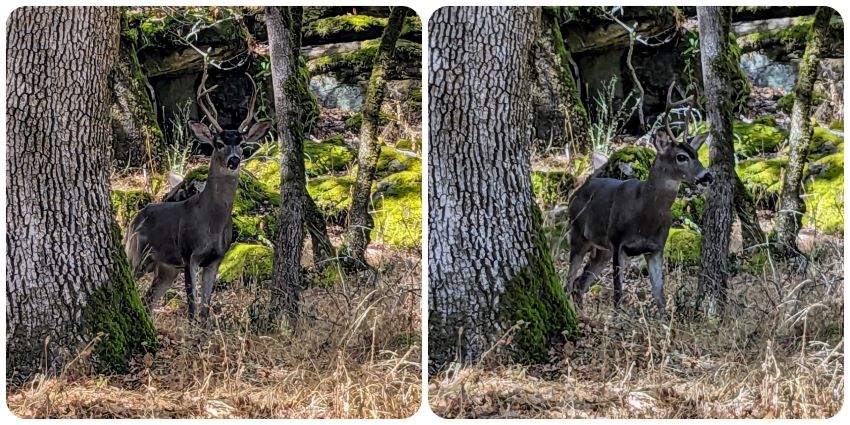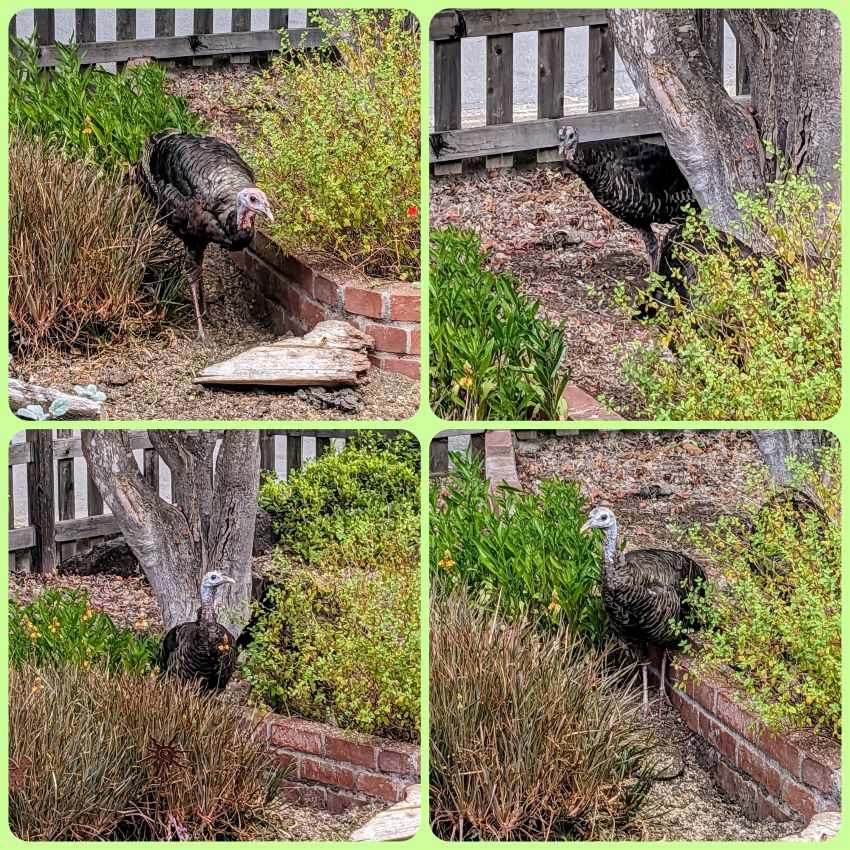This week Rain's optional prompt for her Thursday Art and Dinner Date is "trains".
How I miss trains! In Germany it is so easy to take the train and get to other places, whether they are close by or far away. They are a joy to ride since you don't have to pay attention to traffic; instead you can read a book, listen to music, sleep or look out of the window and, if you feel like it, wave to the people in cars being stuck in a traffic jam while you zip along.
When we were in München (Munich) last year in May we rode the trains almost every day. München has an excellent public transportation system of busses, trams, subway, S-Bahn that connects to towns and villages within the vicinity of the city and, of course, the Regionalbahn (connection to other towns and cities further away) and the rapid ICE (Intercity Express).
If you land at the airport of the Bavarian capital, the S-Bahn is the fastest way to get to downtown München (Marienplatz). It's affordable, clean and fast.
I wish we had something like this from here to San Francisco and Oakland Airports. The only thing we have is the "train to nowhere" that doesn't even get you into San Francisco (you can get to Larkspur from where you walk for 15 minutes to get to the ferry terminal from where you take the ferry to San Francisco; the whole trip takes 2 to 3 times as long as driving in a car via 101 and the Golden Gate Bridge).
The S-Bahn is red - here you can see it standing in a station on the way to Ammersee.
Another very fast way of transportation is the subway, just as clean as the S-Bahn. They often share the same stations.
The ICE is the "jewel in the crown" - a very fast train that connects the main big cities with each other. When we went from München to Würzburg for the Bartz Family renunion we took the ICE. It's very comfortable, quiet and, of course, very fast - they can reach a speed of 300 km/h. In test runs the first ICE even reached 406.9 km/h. I'm a big fan of the ICE, however, they are more expensive and, like all the other trains currently in Germany, not always on time. But if you have the "Deutsche Bahn" app, you get all the information you need - the exact time of the delay, your alternatives should you need one, which platform the train leaves/arrives, what and where your connection is etc. It is really convenient, but not perfect.

When we returned to München from Würzburg we took the Regionalzug which is much slower since it stops at more places. But it's also less expensive and often has great offers. It doesn't always have a direct connection to the place you want to go to and you might have to change trains in between, but it's still a great way to travel. Here you can see the Geek and I on the upper deck of the Regionalzug (yes, they often have two decks). This is also for Nicole's Friday Face Off.
I wish we had an efficient railroad system across the United States. It would be so lovely if I could just hop on a train to visit my close friend Jo in Portland, OR. But instead I either have to drive and spend the night somewhere on the road or, even worse, I have to take the plane.

Before I finish this, I want to introduce you to a very special train that helds big importance for Germany's newer history. In early fall of 1989, many people of the DDR (German Democratic Republic or East Germany), especially younger ones, went to Prague and sought asylum in the West German embassy there. DDR citizens usually were not allowed to travel to any Western countries (it was extremely difficult), but they could travel to Eastern European countries like Czechoslovakia (as it was still called at that time), Hungary or Romania. At the end of September there were more than 2,500 people in the embassy (can you imagine that?). Then foreign minister Hans-Dietrich Genscher, after many diplomatic talks and visits, went to the embassy and on the evening of September 30th he stepped out on the balcony and told the German people of the DDR that they can leave for West Germany. This moment still makes me cry, even after 34 years. For those of you who are interested in it, you can see it here (it's only 42 seconds). However, there was a hitch to it - the train with the DDR citizens on board had to go through the area of the DDR. This train was called "Zug in die Freiheit" (train to freedom) and there is a very good movie about it, a mix of documentary and scenes re-enacted by actors. I have seen this movie many times and I can highly recommend it. Here it is available with English subtitles.
40 days later, on November 9th, 1989 the Berlin Wall fell.
Finally - dinner! A couple months ago I "discovered" Korean beefless Bulgogi at Trader Joe's after another customer had recommended it. Both the Geek and I like it - we use it as a meatless substitute for beef in our meals. It is delicious. I use it in Asian dishes that I prepare in my wok as well as in pasta dishes. Recently I made it with "veggie" radiatori (also from TJ's) and fresh broccoli and carrots from the farmers market.





































